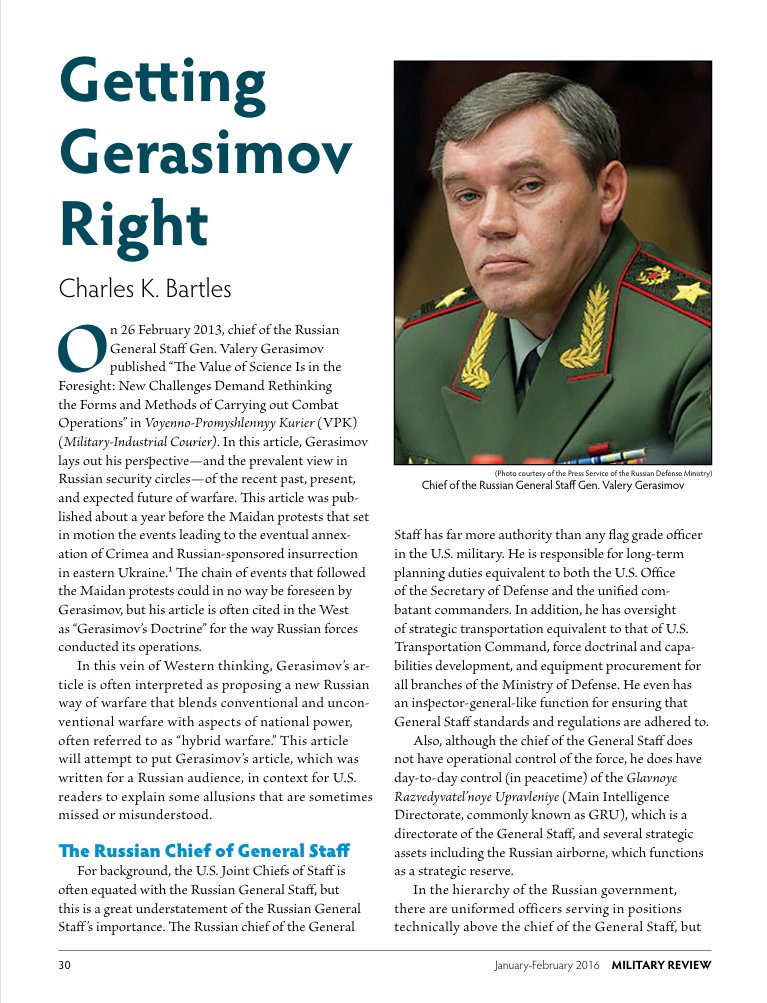
Military Strategy & History | Decoding Global Strategies & Past Campaigns| Data-driven Insights 🌍 | #MilitaryStrategy #MilitaryHistory #Geopolitics
How to get URL link on X (Twitter) App

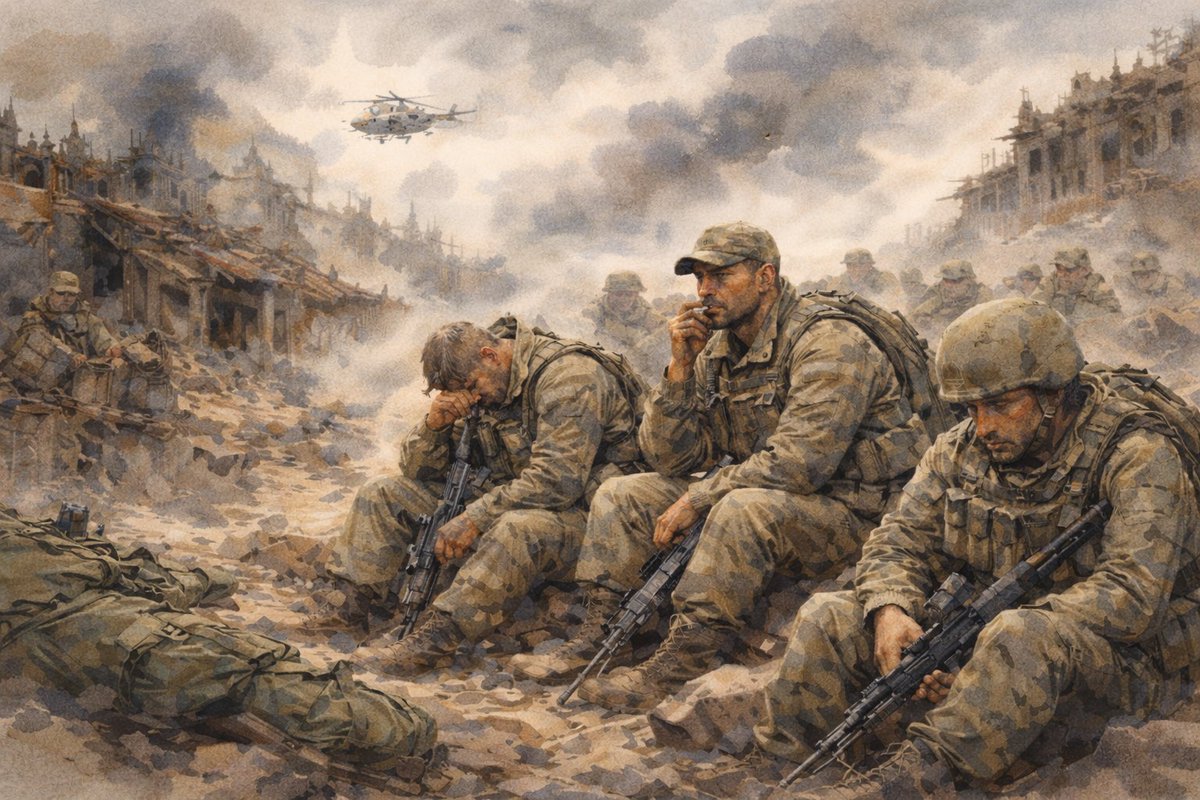

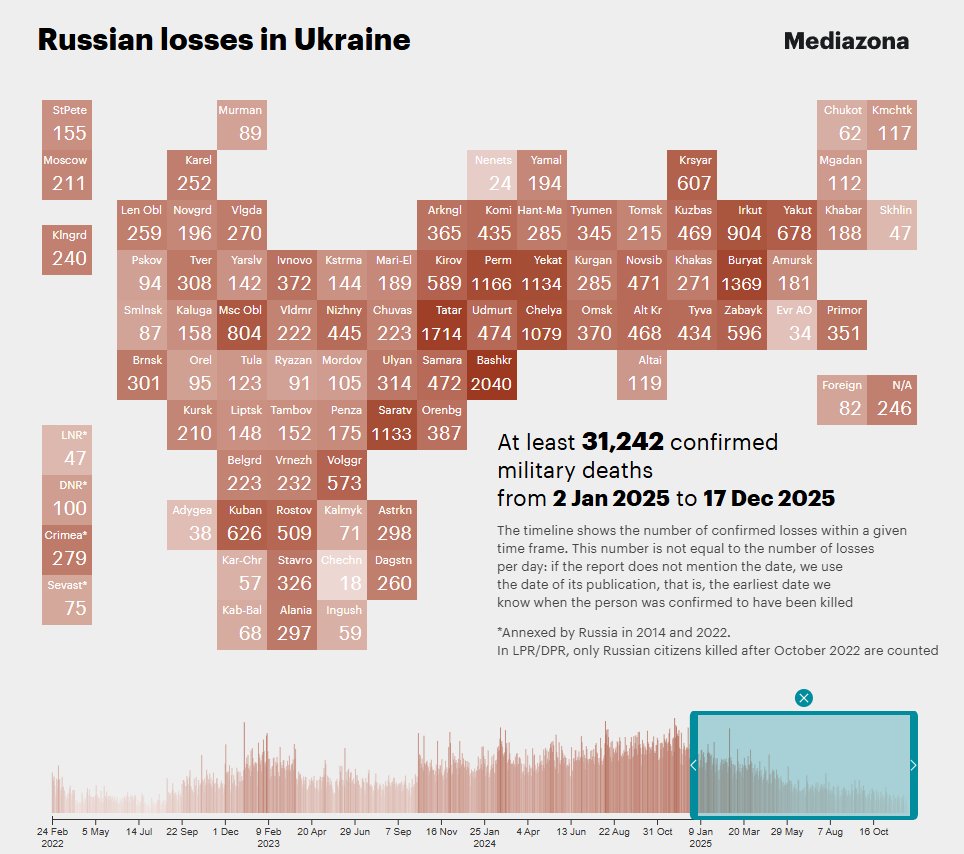
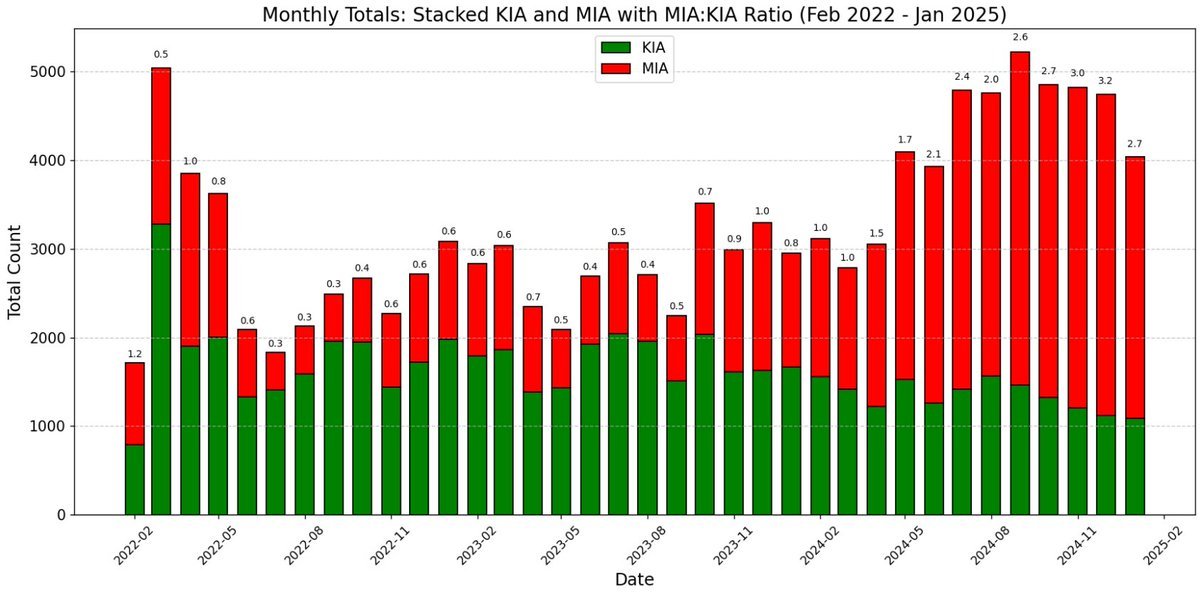 (2/7) Administrative Backlog and Russian MIA Conversion Into Casualty Records
(2/7) Administrative Backlog and Russian MIA Conversion Into Casualty Records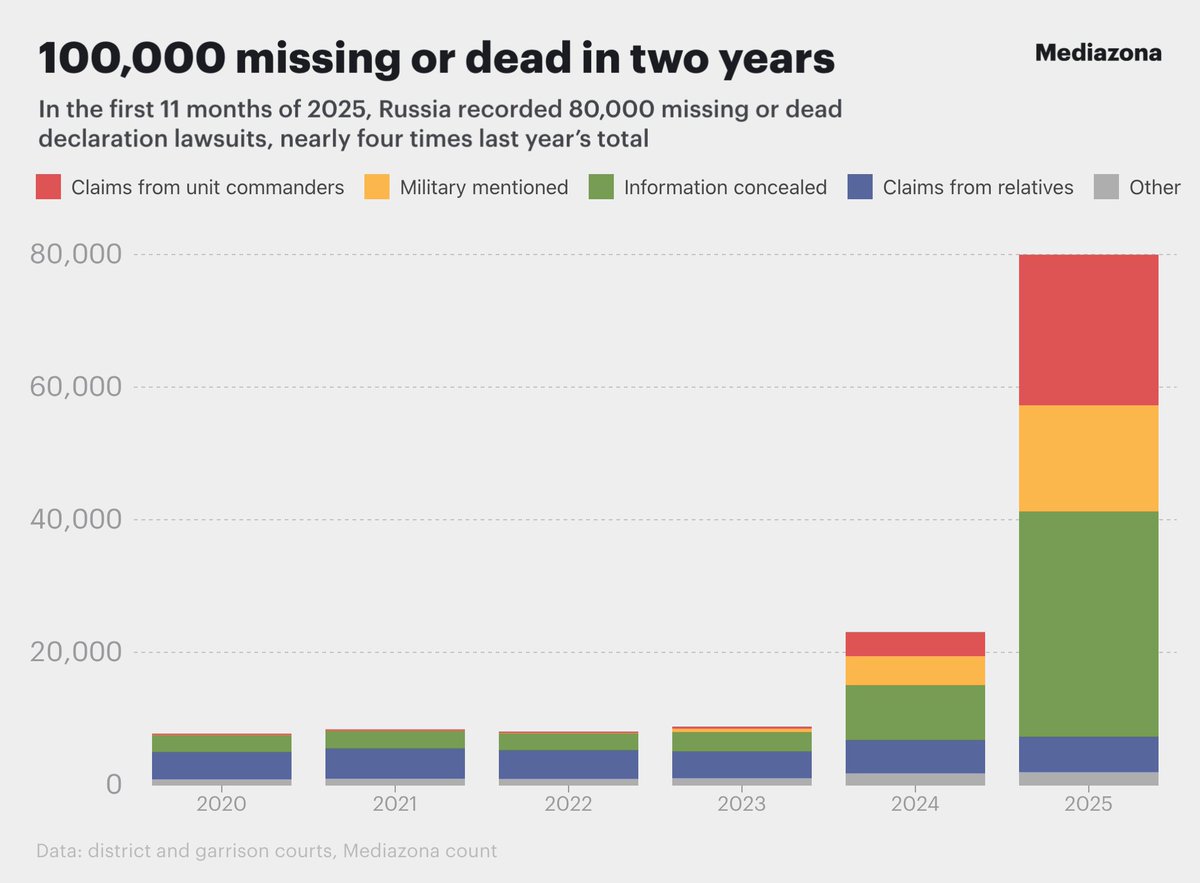

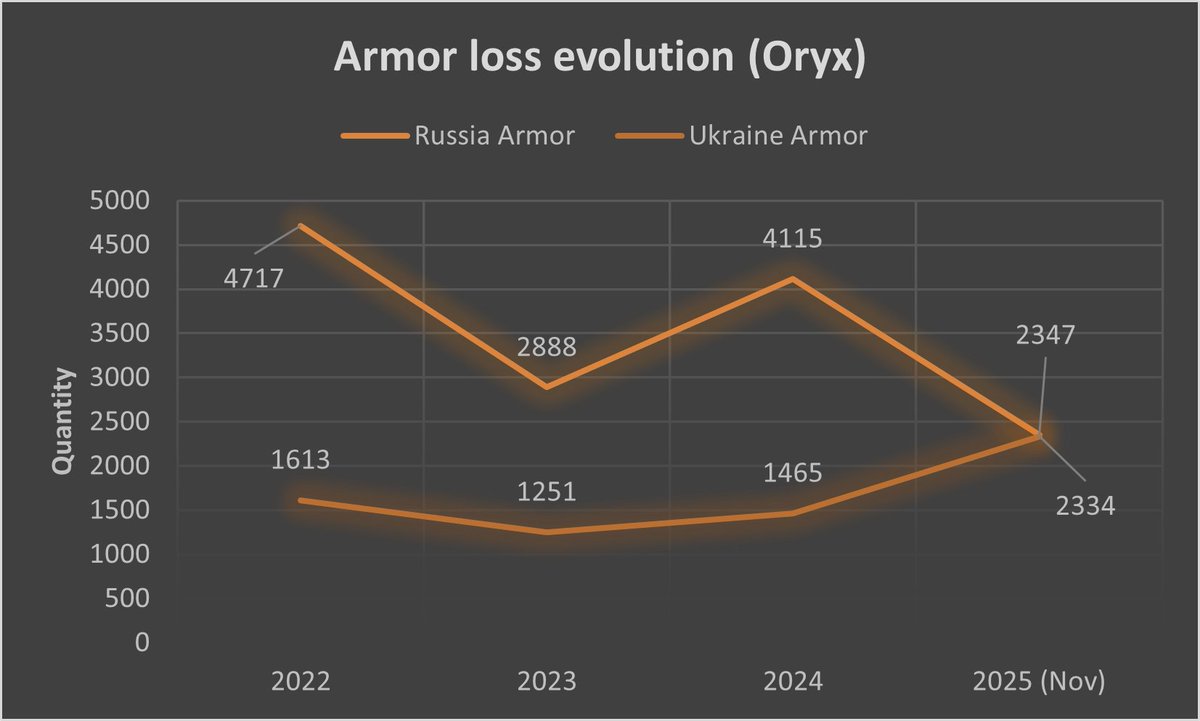

 (2/5) Loss Levels as of December 2025
(2/5) Loss Levels as of December 2025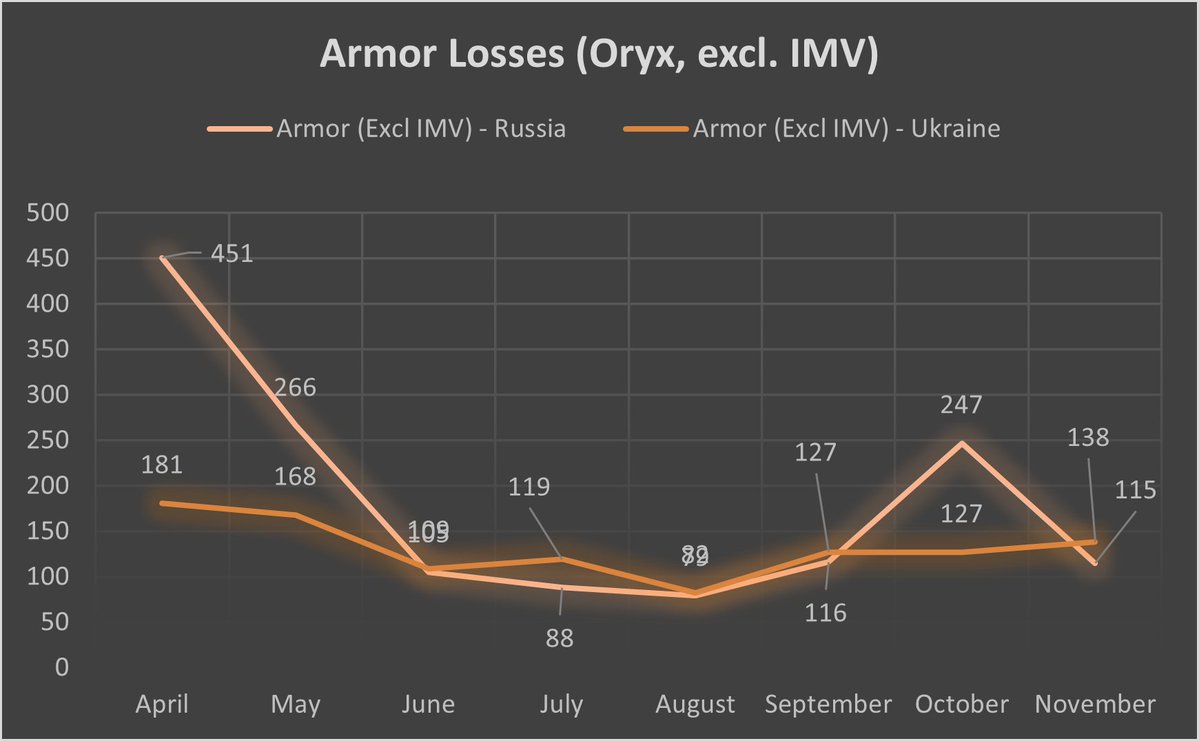
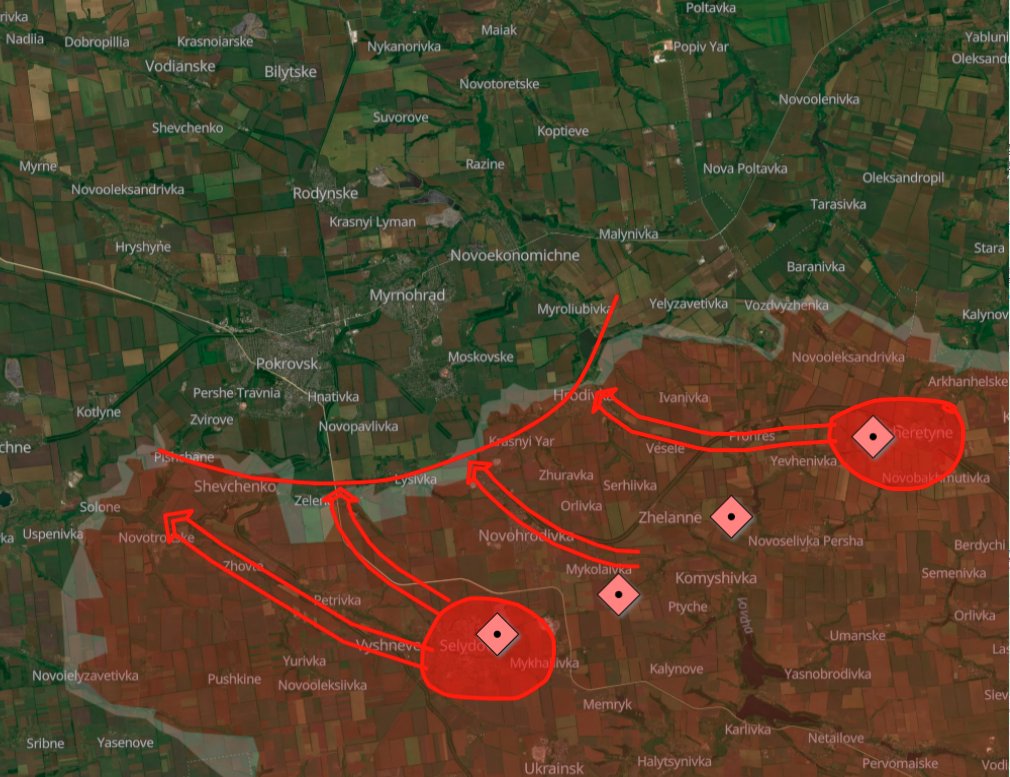

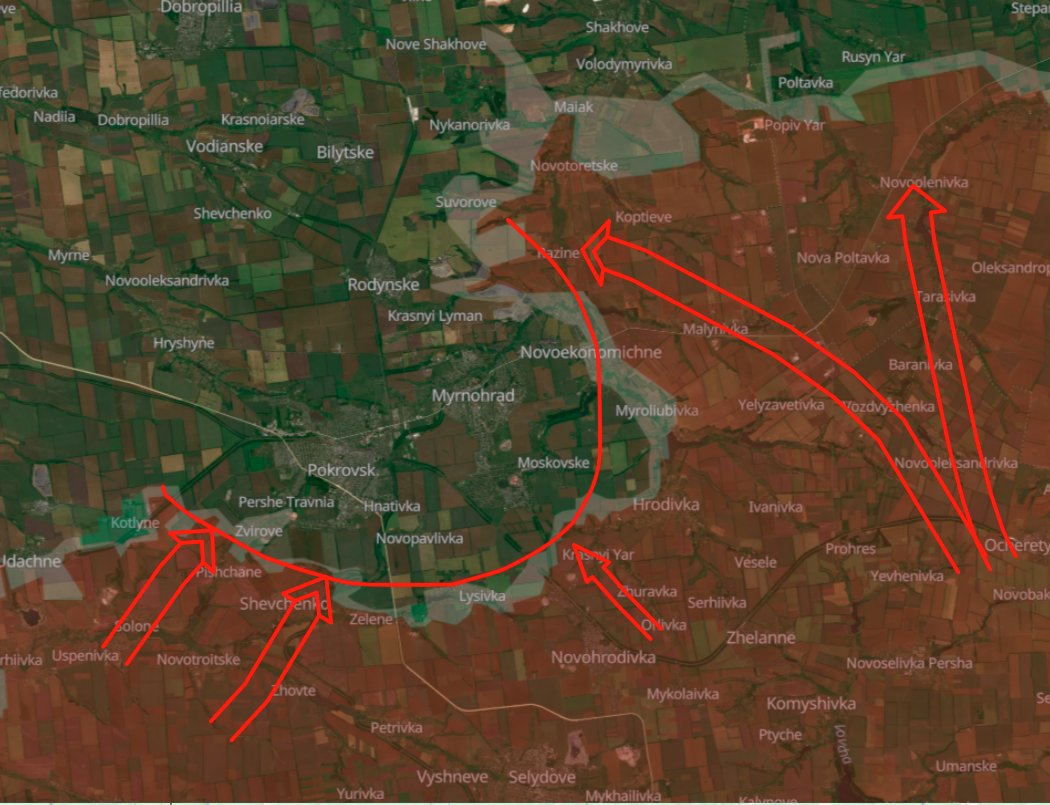
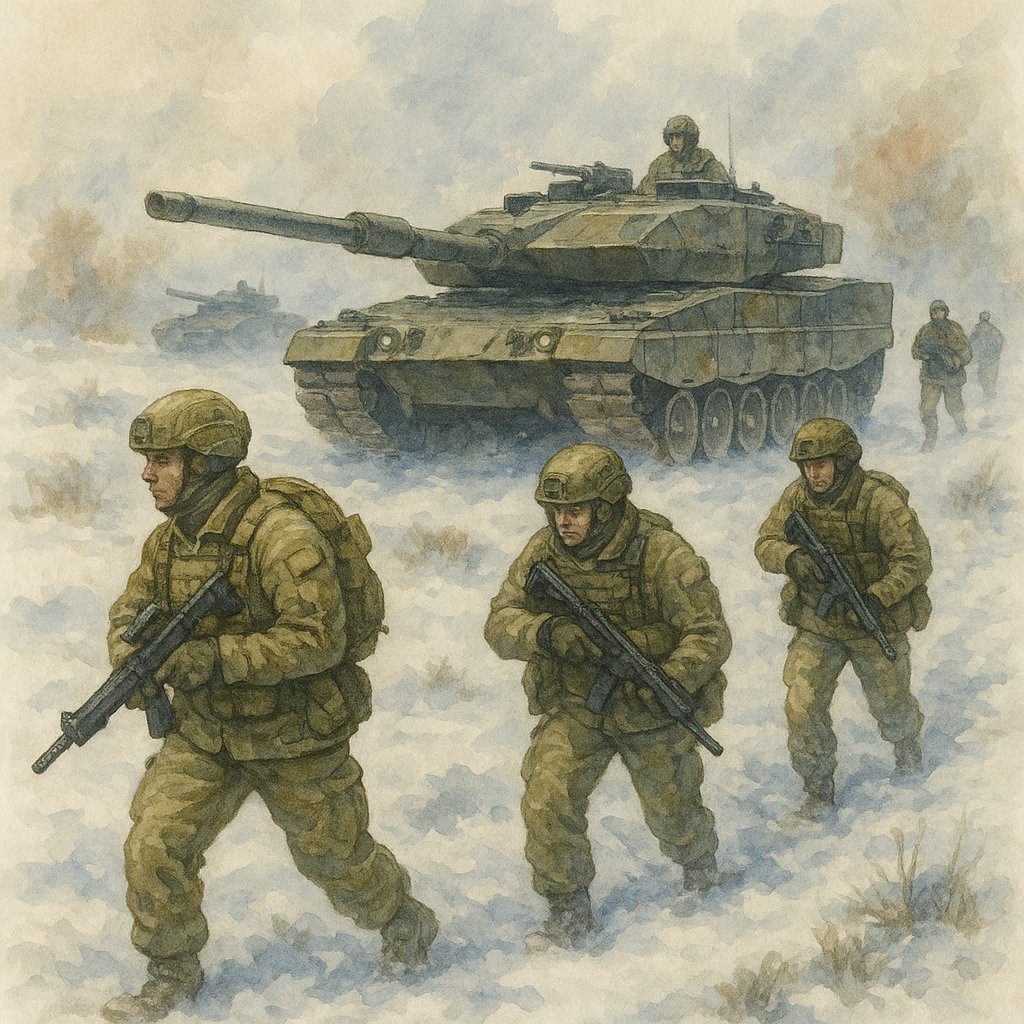

 #Svechin warned about the positional warfare trap.
#Svechin warned about the positional warfare trap.


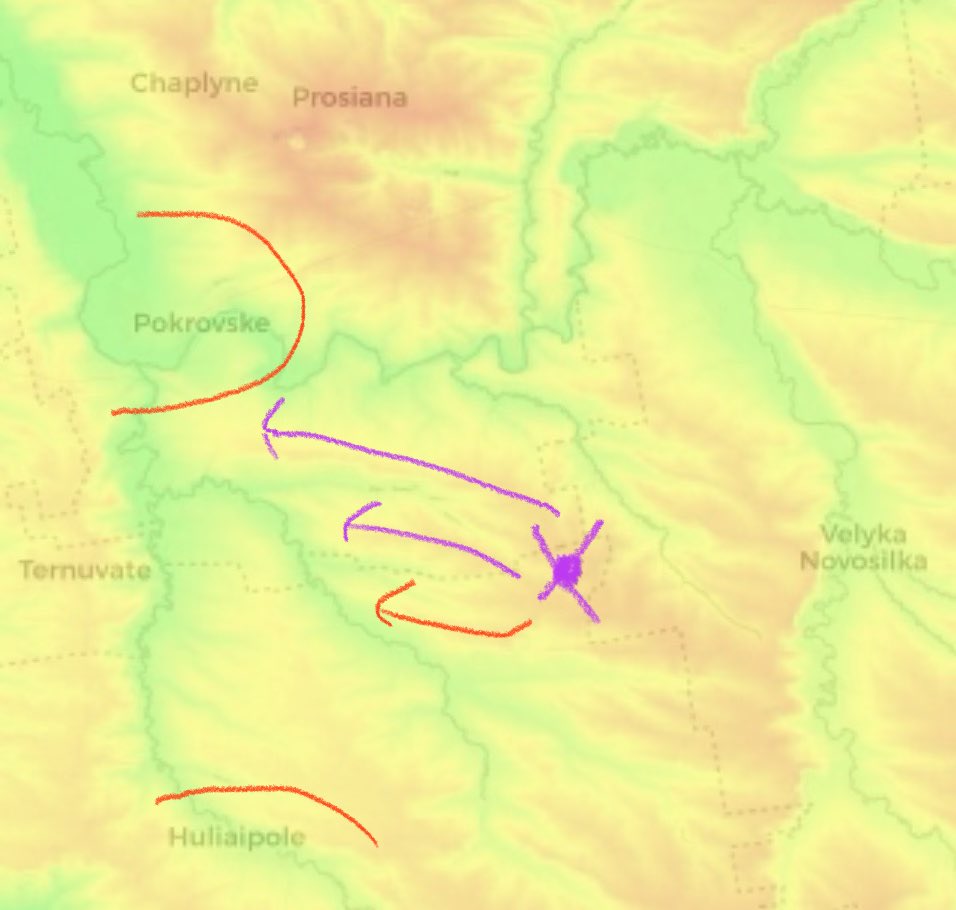
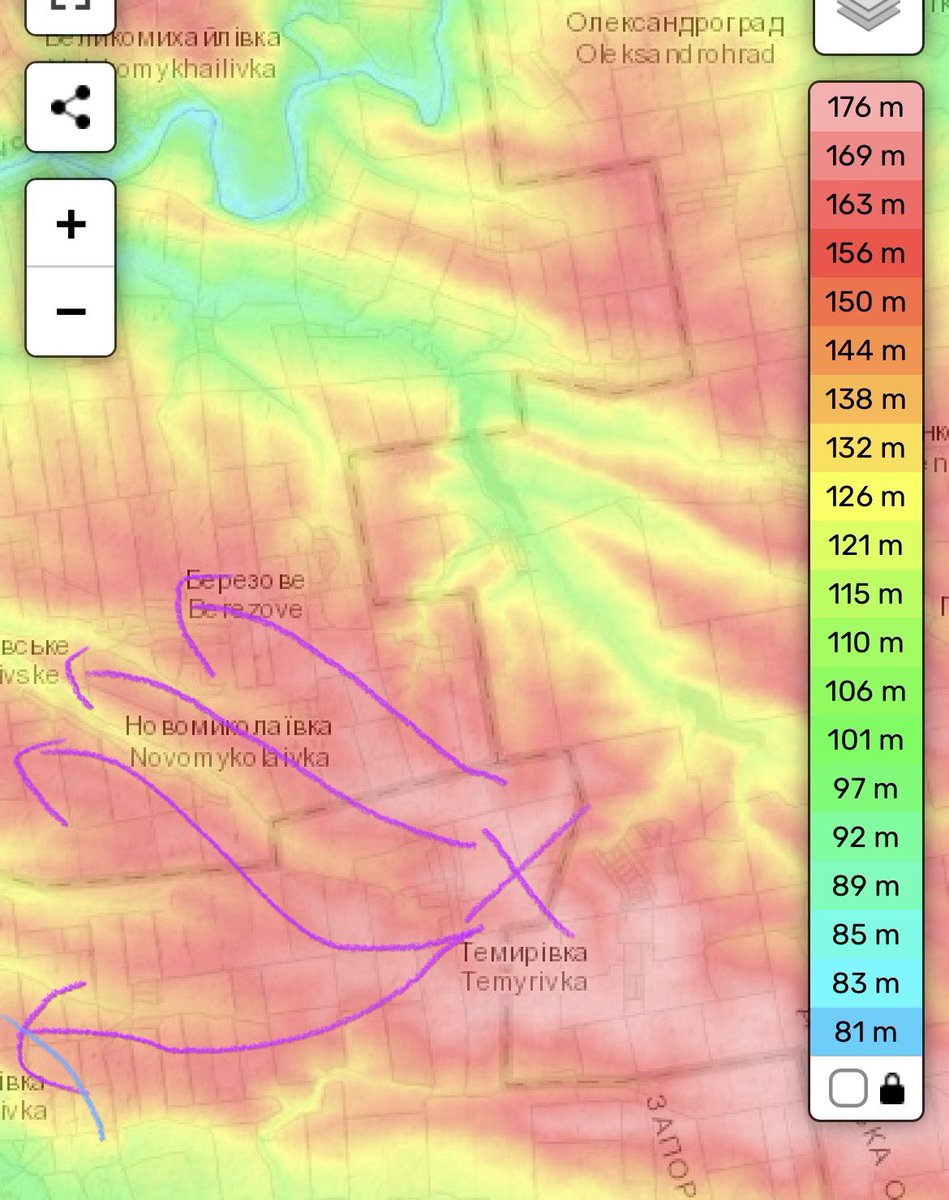
 Latest geolocation
Latest geolocation https://twitter.com/creamy_caprice/status/1980224375896093117
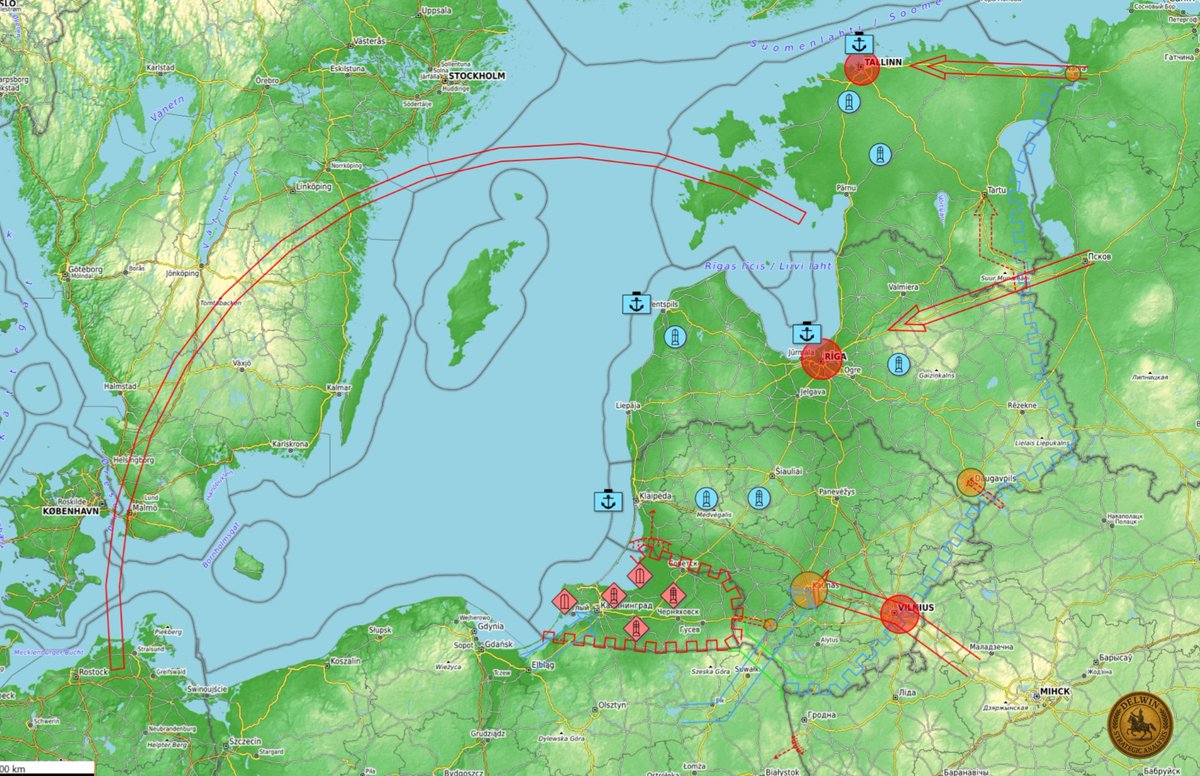

 The operational map (2/15)
The operational map (2/15)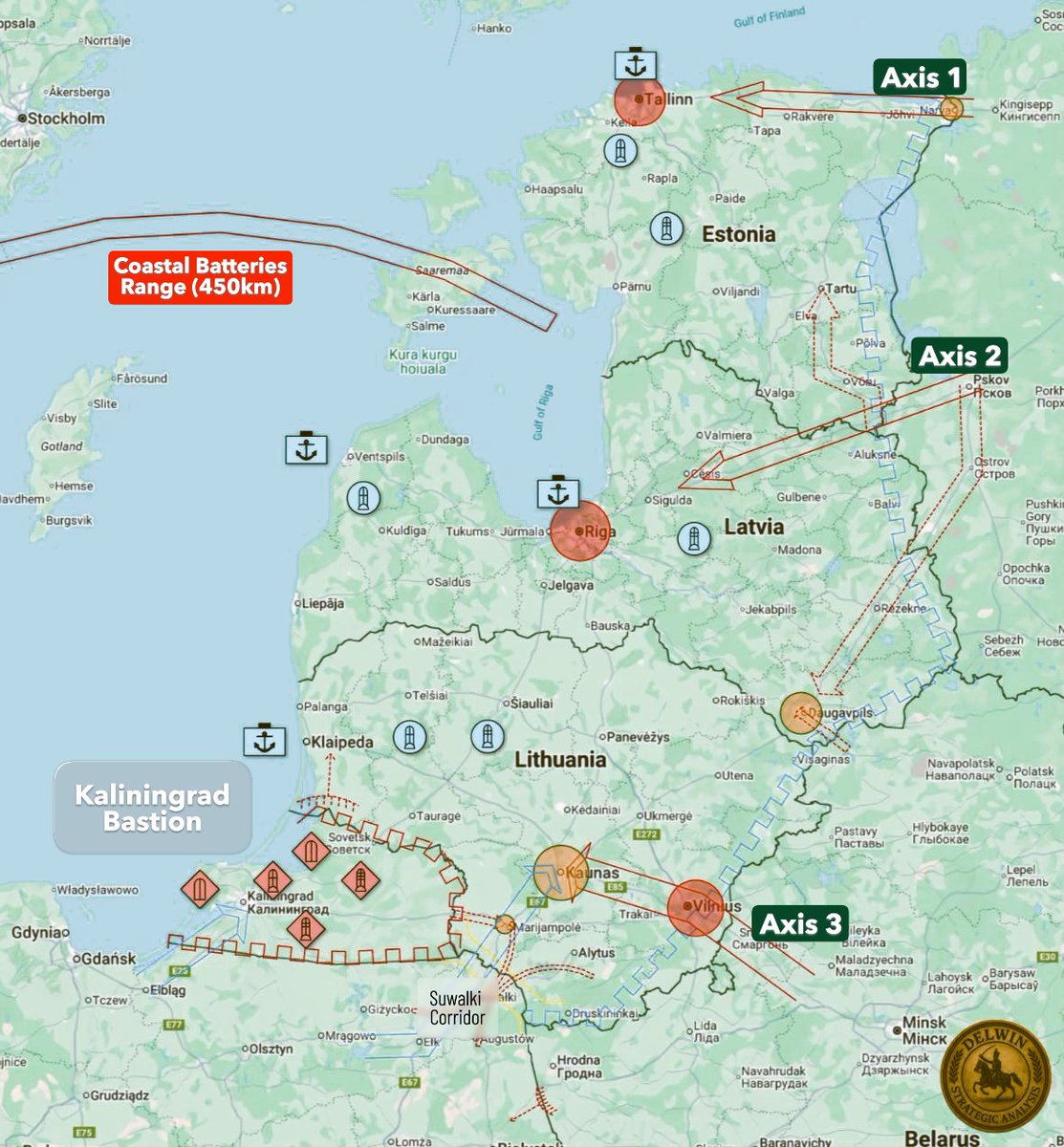
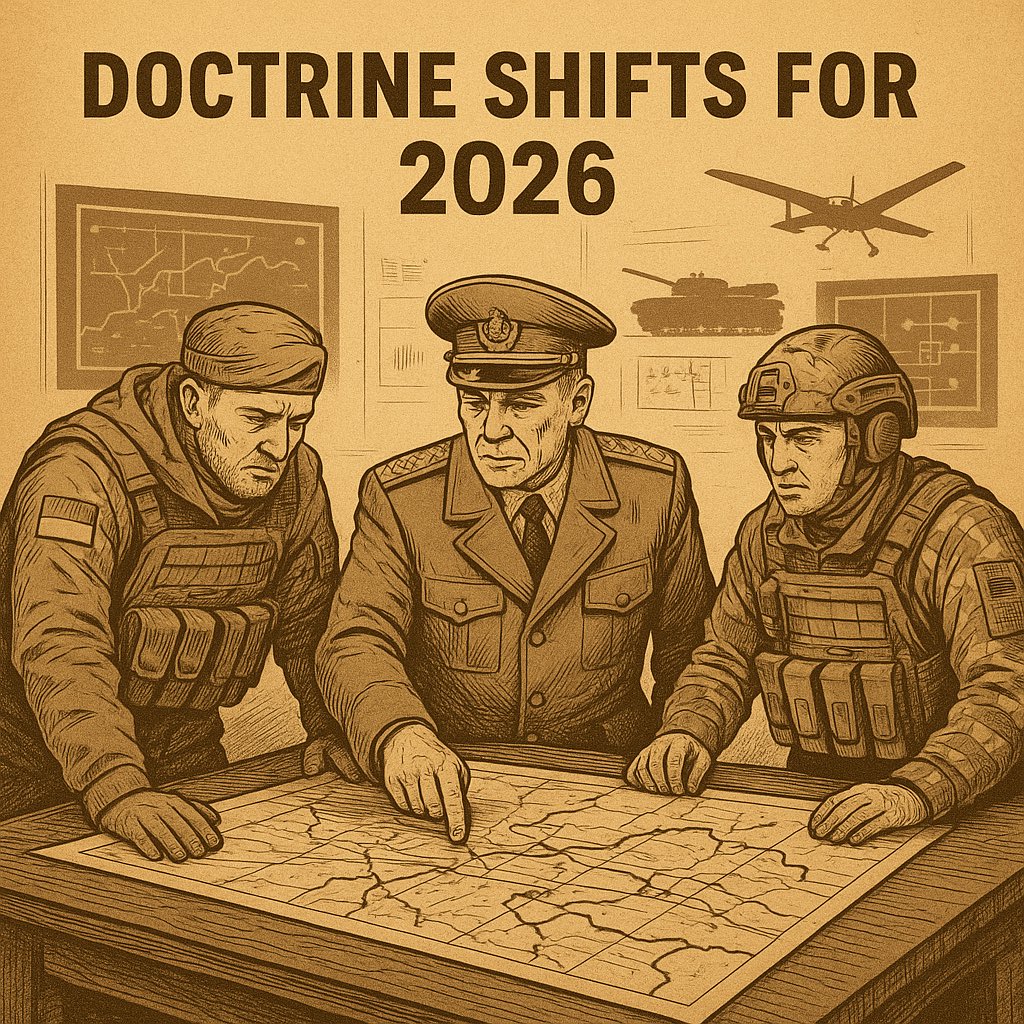


 2. Scenario One – Elastic Defense
2. Scenario One – Elastic Defense
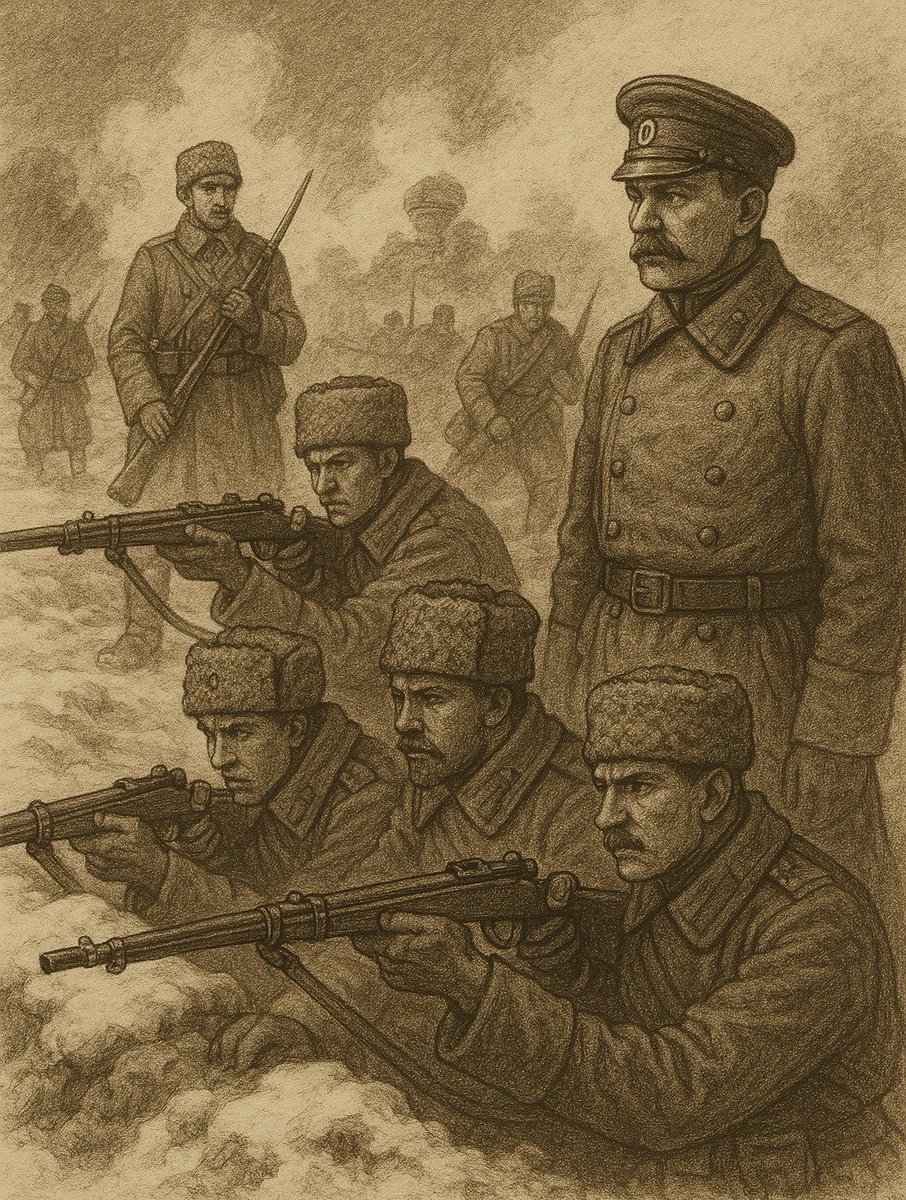
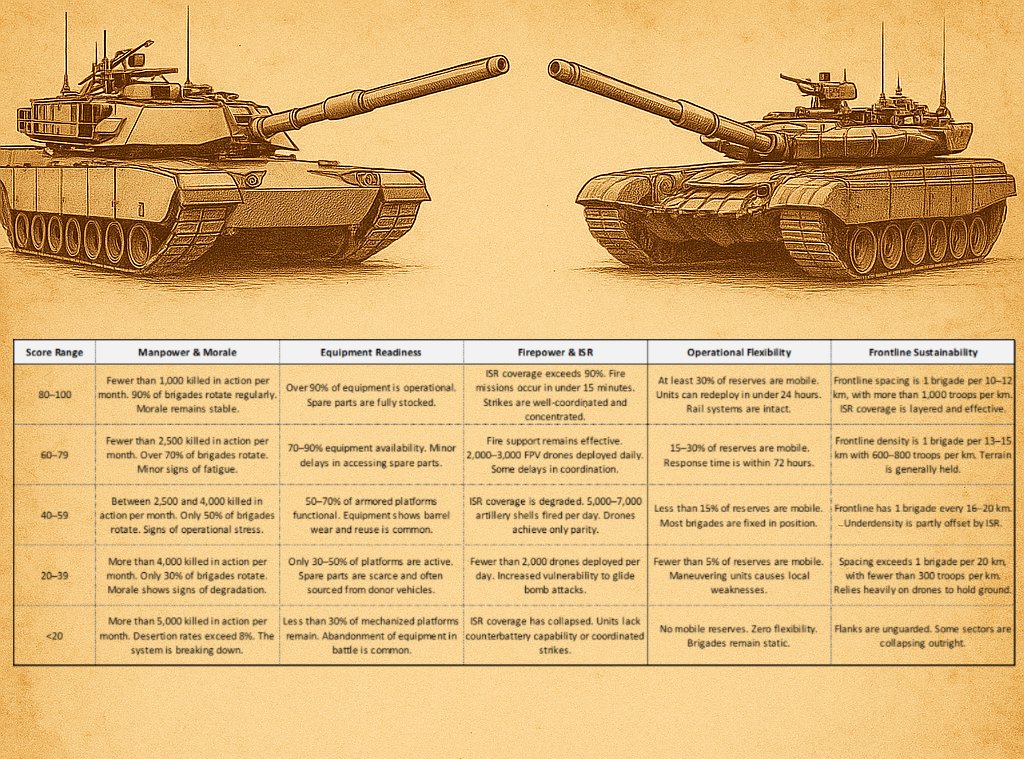

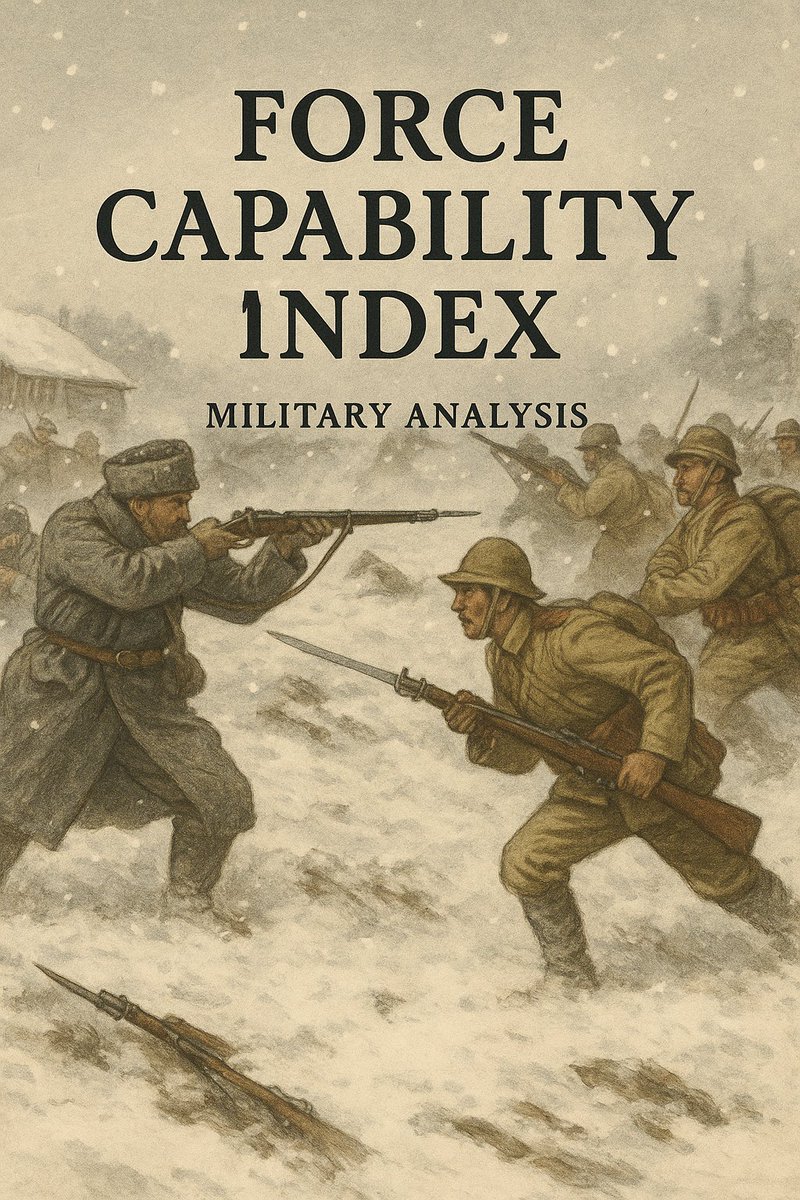 The FCI is a structural assessment used by general staffs to determine when a force is approaching operational exhaustion.
The FCI is a structural assessment used by general staffs to determine when a force is approaching operational exhaustion.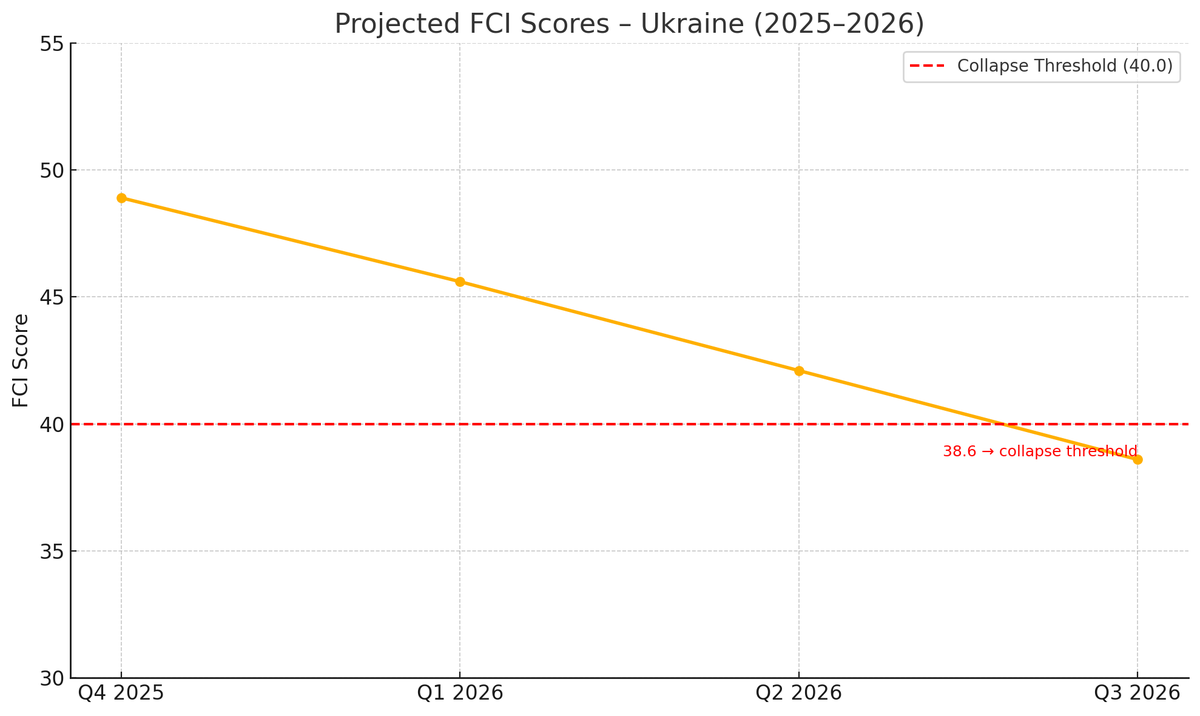
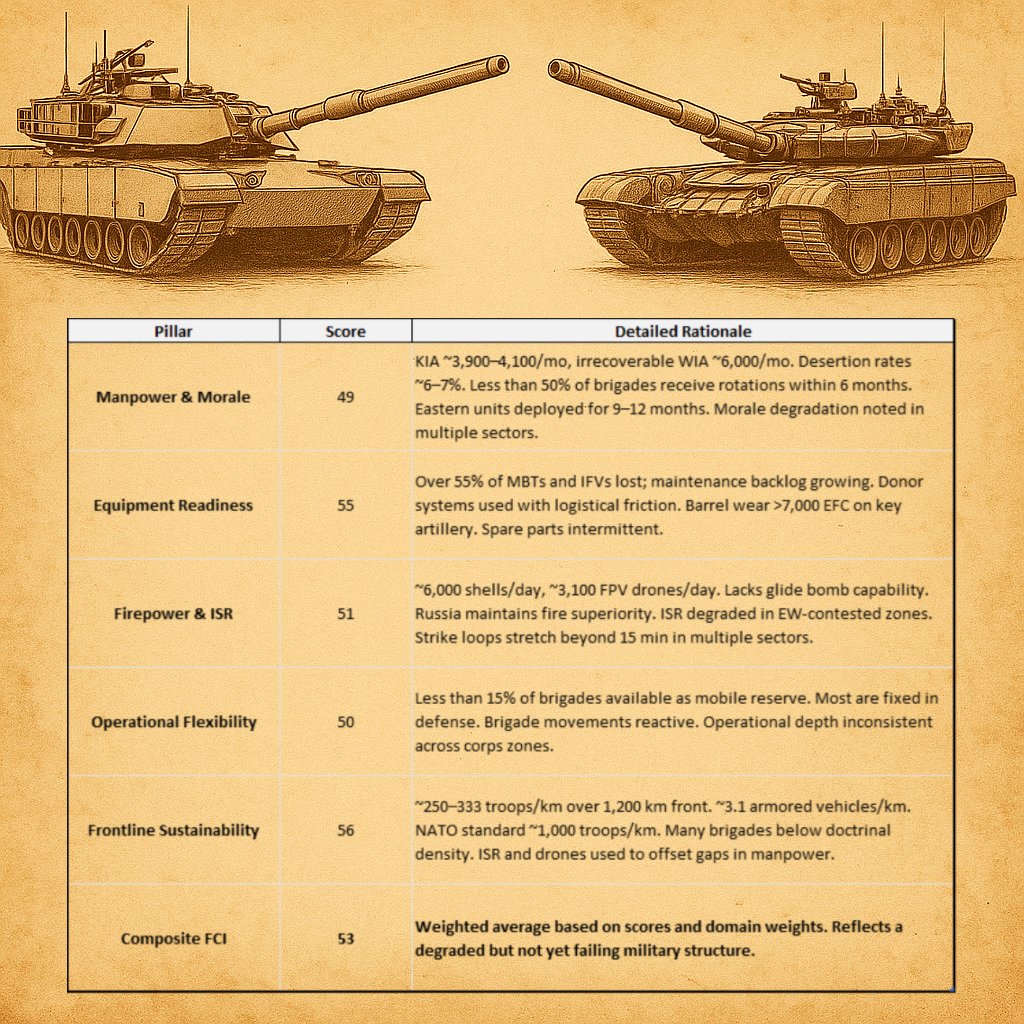

 To realize the "supposed" plan unveiled by 🇺🇦 Presidential Office, 🇷🇺 would have to:
To realize the "supposed" plan unveiled by 🇺🇦 Presidential Office, 🇷🇺 would have to:
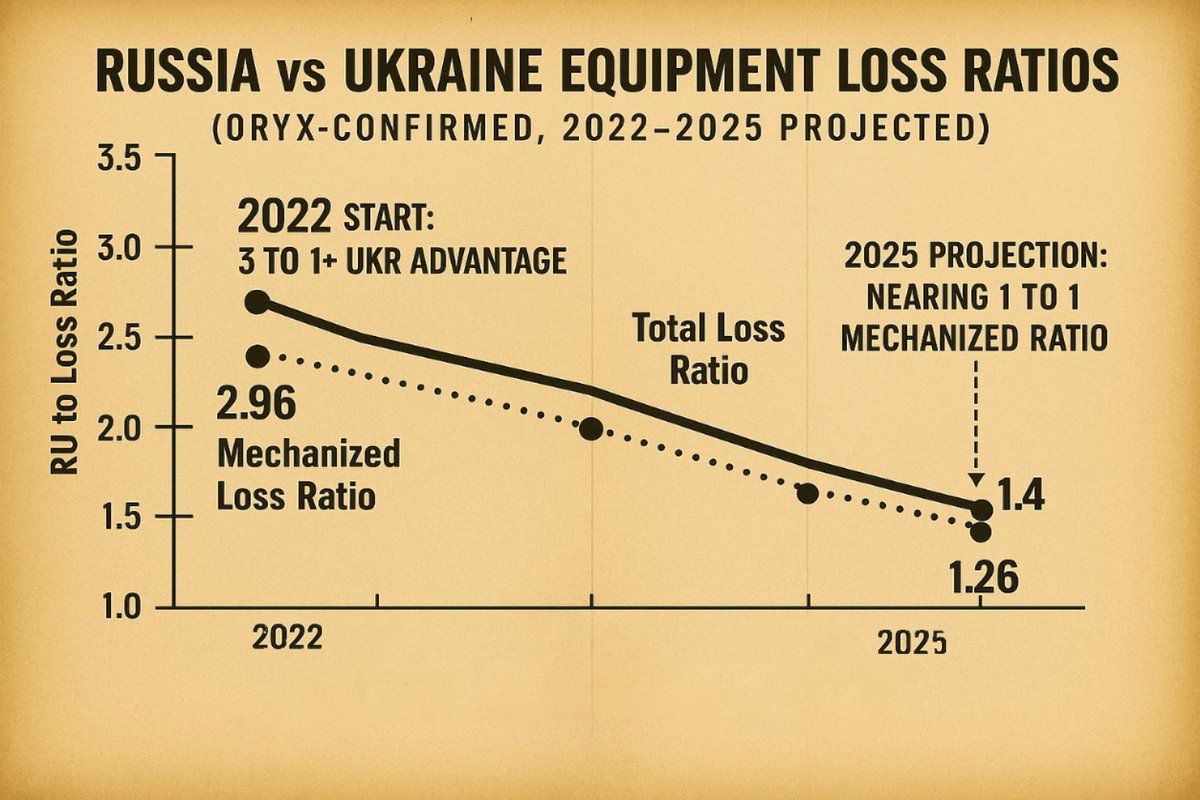
 🇺🇦is now taking its highest equipment losses per km2 defended. In 2024, losses averaged 0.75 per km² lost. In 2025, that figure has risen to 1.3. Logistics, rotations, reinforcements are increasingly exposed. This trend is cumulative and accelerating.
🇺🇦is now taking its highest equipment losses per km2 defended. In 2024, losses averaged 0.75 per km² lost. In 2025, that figure has risen to 1.3. Logistics, rotations, reinforcements are increasingly exposed. This trend is cumulative and accelerating.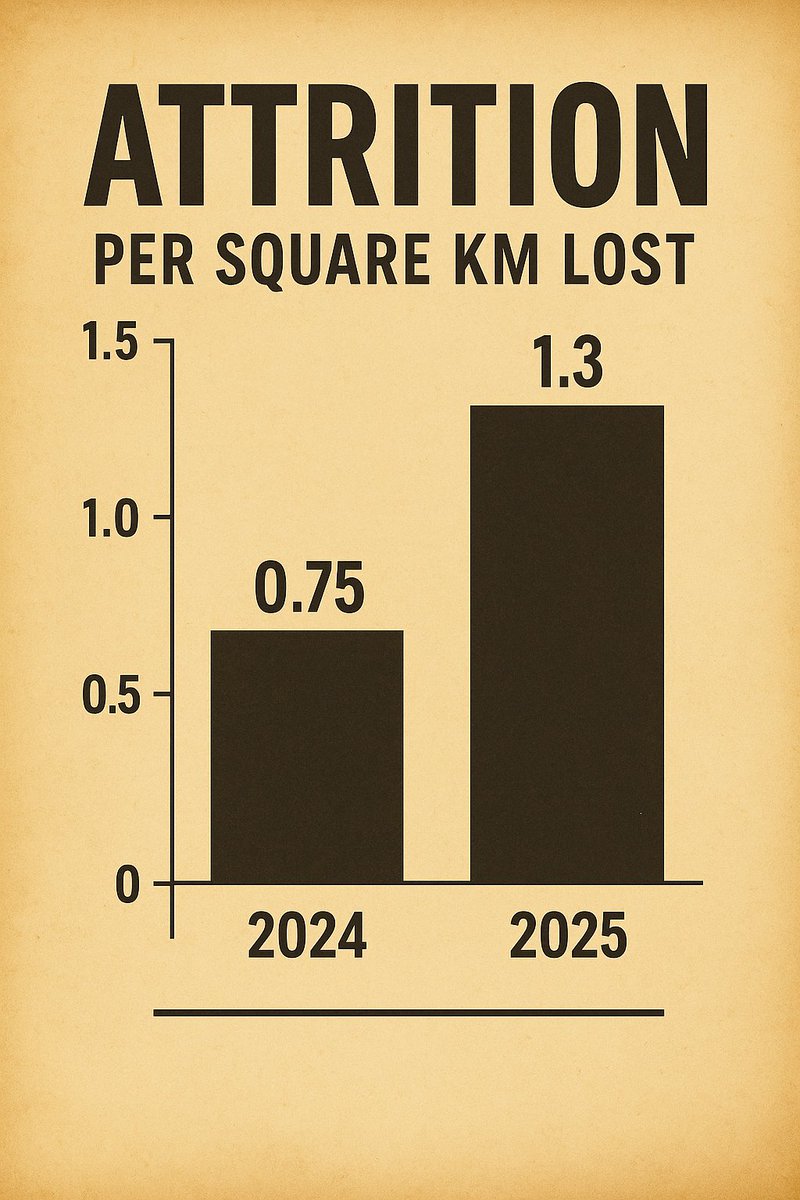
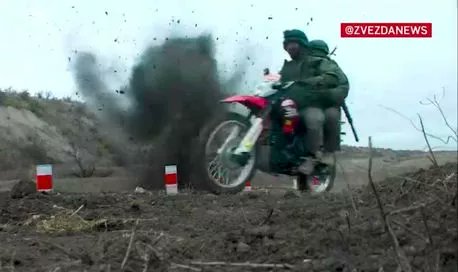
https://x.com/Delwin655059/status/1923646582572057096
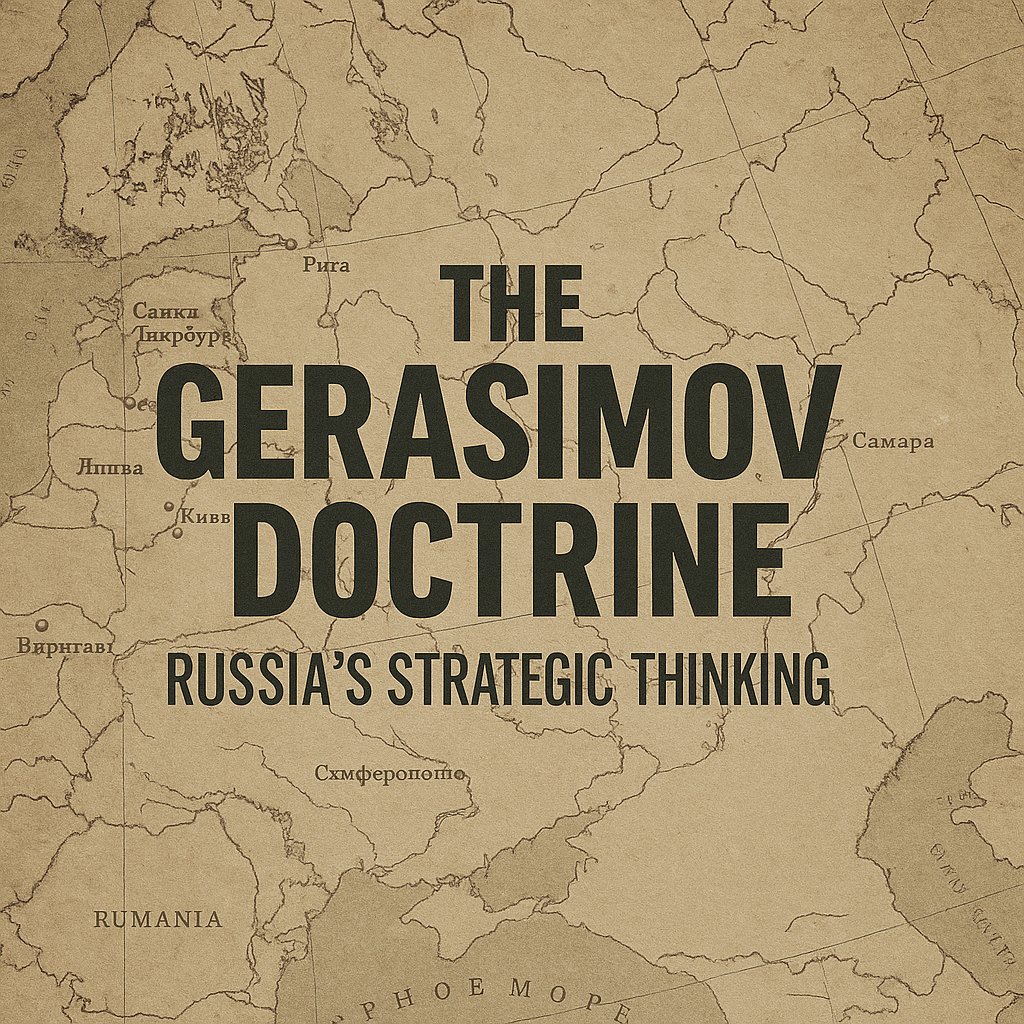
 Often overlooked, #Gerasimov is the strategic mastermind behind Russia’s conduct of war.
Often overlooked, #Gerasimov is the strategic mastermind behind Russia’s conduct of war. 
